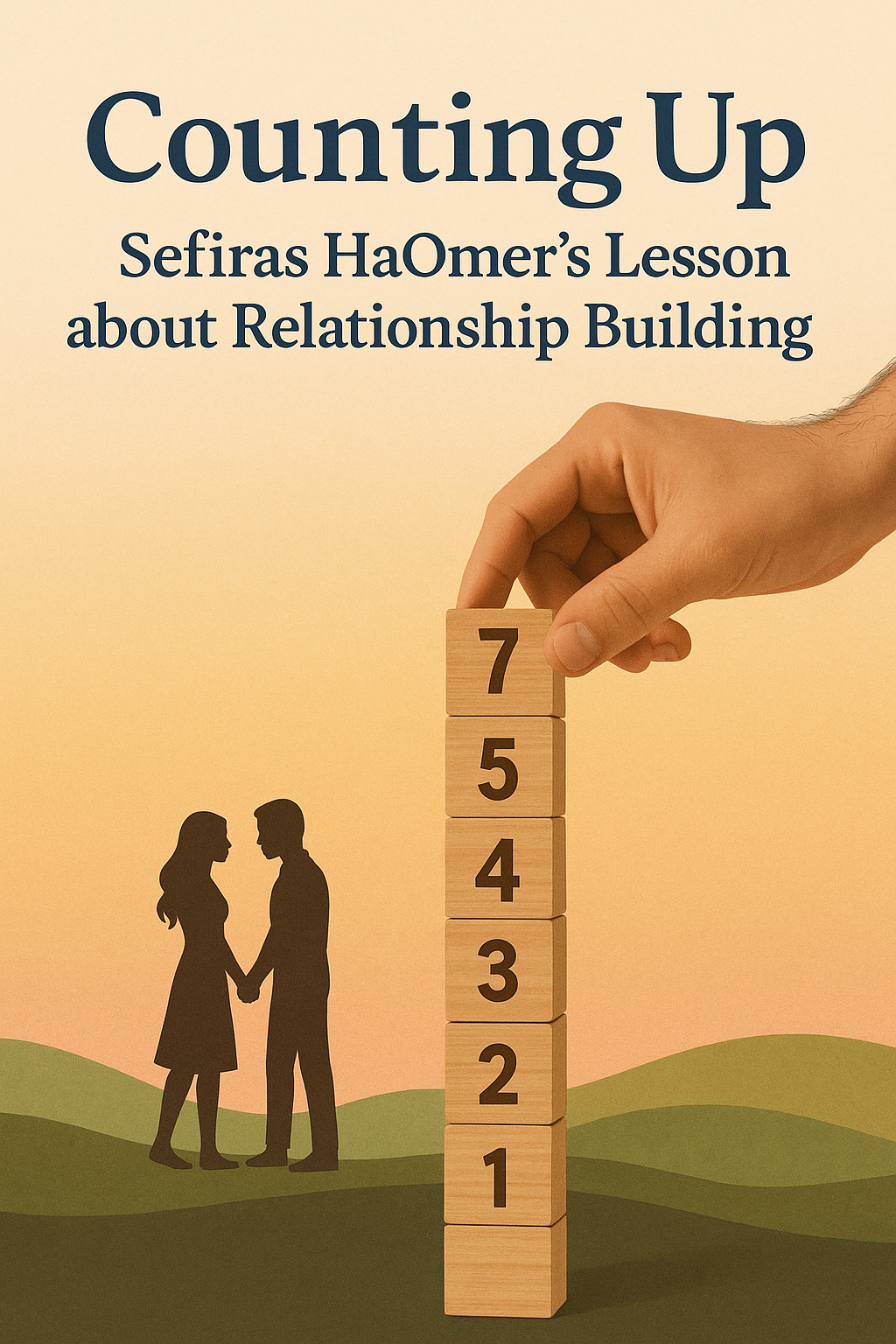Navigating Grief
The loss of a fiancé or partner in war is an unimaginable heartbreak that changes you forever. When lives are planned and dreams crafted together are crushed abruptly, the resulting grief is overwhelming.
Grief is an intensely personal journey that doesn’t follow a timetable or set pattern. It’s a rollercoaster, of a broad spectrum of emotions—from deep pain, sadness, and anger to confusion and perhaps even brief moments of peace. These feelings are all part of the natural grieving process, and embracing them can be crucial for your emotional healing.
The support of friends, family, or a community group of those who have experienced similar losses is vital. You are not alone, and while they may not fully understand your pain, their support during this terrible time is so important.
The grieving process is also physically demanding. It can wreak havoc on your body. Maintaining regular sleep and exercise can support both physical and emotional resilience. Remembering to eat is also important. Your body needs fuel to function.
Emotional triggers, like a specific food they loved, their favorite flower, anniversaries, or holidays, can be excruciatingly painful. Having a plan to manage these triggers can make a huge difference. Whether you choose solitude or the company of others, prioritize what brings you solace and healing. And it is OK to cry.
And if, despite doing everything you can to heal, the weight of grief feels too heavy to manage, consider getting professional help. A therapist specializing in grief will offer experienced support and guidance, helping you navigate your emotions and facilitate healing.
There is no “right” way to grieve. Healing from such a deep, painful, and life-altering loss is a gradual process. Allow yourself the time and space to mourn in a way that feels right for you. Moving forward does not mean forgetting your loved one. It means integrating this profound experience into your life in a respectful and meaningful way.
Try to remember that each step forward is part of a larger process toward healing. This path is uniquely yours, and it’s perfectly okay to move at a pace that feels right for you as you find your way back to hope and inner strength.





